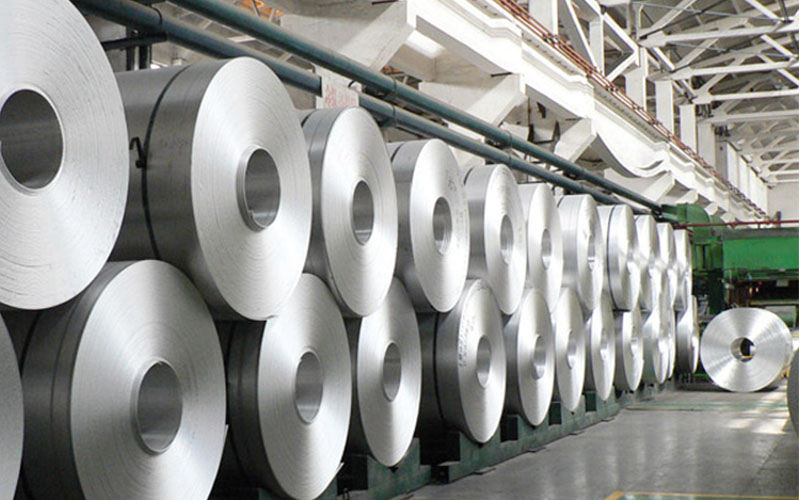Currently Empty: $0.00
Cutters used in production of aluminum coil stocks

The aluminum coil refers to aluminum rolls of given widths and a thickness between 0.2mm and 0.5mm. Some aluminum coil stock suppliers are able to offer thickness of 0.1mm and 0.6mm. Some rolls, like 3005 aluminum coil, reaches a thickness of 4.0mm. Briefly speaking, the production process of the aluminum coil stock includes raw material preparation (ingots or aluminium liquid), cold/hot rolling into rolls of the desired thickness and cutting rolls into the wanted width. In the cutting steps cutters should be chosen up to specific situations.

The aluminum of Silicon has a strong corrosion to hard metal cutters, and thus diamond cutters are advised to be adopted in cutting aluminium coils containing 12% silicon and above, which, however, should not be followed rigidly. The increase of silicon content results in increasing possibilities of damaging the cutter, and some experts also suggest using diamond cutters in case that the silicon of a type of aluminum coil stock surpasses 8%. Therefore, you can adopt either regular or diamond cutters when the silicon content ranges from 8% to 12%.
With harder aluminum coil stocks, a special cutter of PVD and thin coating films should be adopted. PVD method and thin films makes it possible for the cutter to obtain a sharp edge, since there’s no need to blunt the edge. The cutter should contain no aluminium which might combine with aluminum pieces to be cut. Super hard coating films mostly contain aluminium, nitrogen and titanium, which might peel off the cutter body and lead to edge collapse of the cutter. Generally three other types of cutters can be used as well: uncoated ultra-fine particle cemented carbide tool, carbide tools with no aluminum plating (PVD) method (such as TiN, TiC, etc.) and diamond cutters. The chip space of the tool should be large. It is generally recommended to use 2 teeth, and the front and rear corners should be large (such as 12°-14°, including the end tooth back angle). If it is just for a general milling surface, you can use a 45° lead angle indexable face milling cutter combined with a blade specially designed for machining aluminum alloy.

